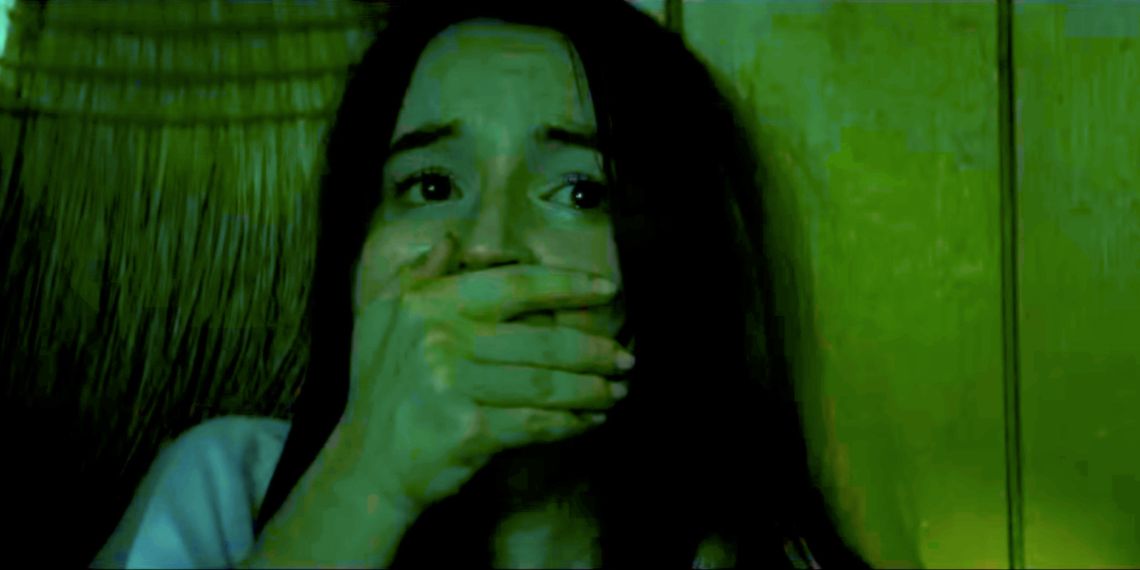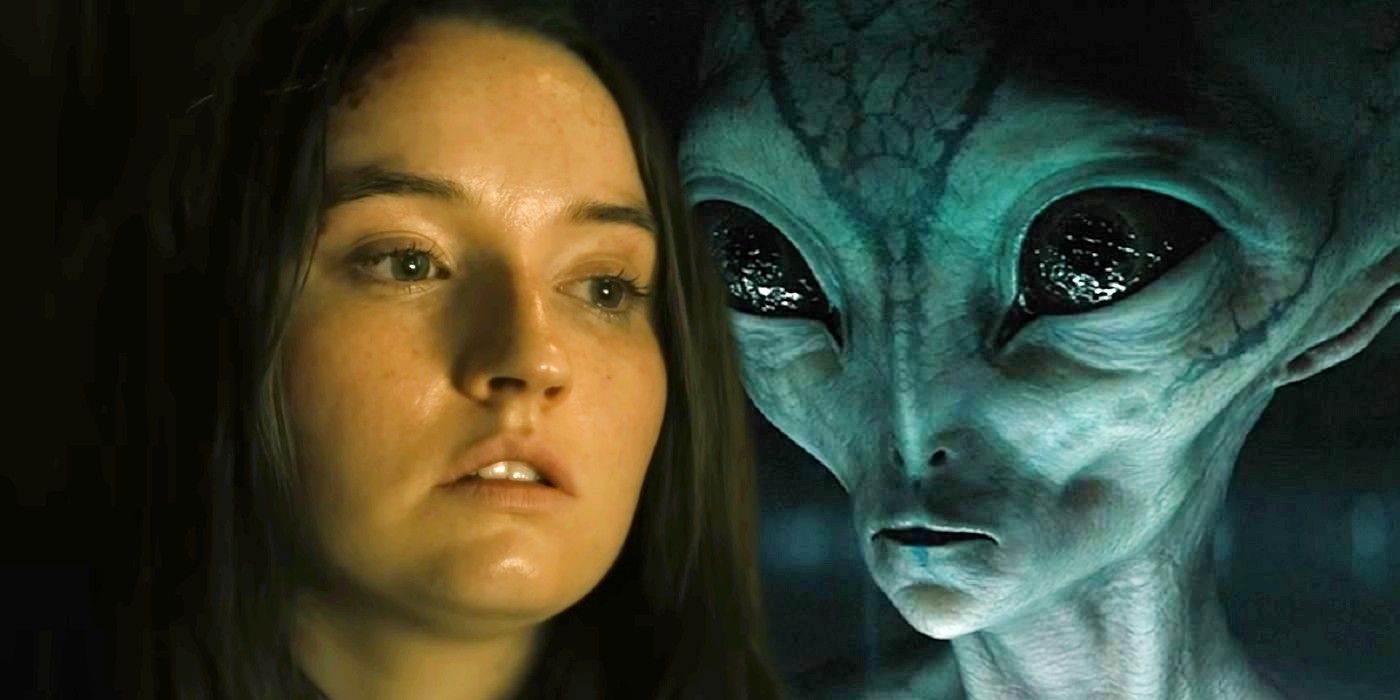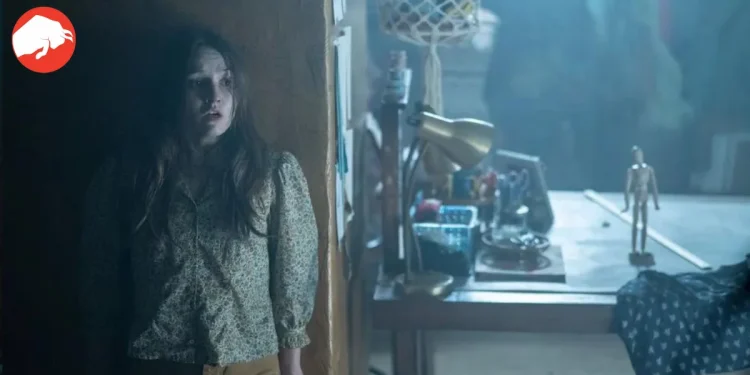The Silent Struggle: Exploring the Artistic Choices in “No One Will Save You”
Brian Duffield, the director of the innovative Hulu original, “No One Will Save You,” has shared insights into the creative process behind the film, revealing a commitment to visual storytelling that sets it apart from its peers. The film, which predominantly relies on visuals rather than dialogue to narrate its story, follows the character of Brynn, played by Kaitlyn Dever, as she battles an alien invasion while grappling with her past.
A Scene Left Unseen
Duffield, in a conversation with Fangoria, disclosed the existence of a deleted scene that would have introduced more dialogue at the beginning of the movie. This scene would have depicted Brynn engaging in a brief online conversation, which was ultimately cut as it seemed to deviate from the film’s central narrative focus and artistic vision. Duffield explained:
“We shot a little bit with her G-chatting with a guy under a pseudonym, and the guy’s like, ‘Should we ever meet up?’ And she blocks him immediately. But even that was like, ‘Oh, that feels like it’s a little too much of a relationship.'”

The Art of Silence
The film’s distinctive lack of dialogue serves to intensify the isolation and personal struggle of Brynn during her encounters with the aliens. It is a deliberate artistic choice, allowing the audience to delve deeper into Brynn’s character and her past, piecing together her story through her actions rather than her words. Duffield’s approach to storytelling in “No One Will Save You” is a testament to the power of visual narrative, demanding the audience’s full attention and engagement. He expressed his excitement over Hulu’s support, stating:
“I’m excited that Hulu looked at it as, ‘It’s going to make people pay attention.'”
The Impact of Visual Storytelling
The minimal use of dialogue in the film not only enhances the thematic exploration of its subjects but also challenges the audience to understand Brynn’s reclusive nature and the events leading up to it. The silence speaks volumes, allowing for a richer, more nuanced exploration of her character and the symbolic elements of the film.

While the ending of “No One Will Save You” has faced some criticism, the sparse use of dialogue throughout the film remains a powerful tool for exploring its themes and enhancing its symbolic resonance. The reliance on visual elements over spoken words in the movie could potentially inspire future horror films to explore similar narrative techniques, pushing the boundaries of conventional storytelling.
“No One Will Save You” stands out as a unique piece of cinema, with its commitment to visual storytelling and minimal dialogue offering a fresh perspective on character exploration and thematic development. Brian Duffield’s creative choices and insights into the deleted scene reveal a meticulous approach to maintaining the artistic integrity of the film, ensuring that every visual element serves the narrative’s core focus and thematic depth. The film’s innovative narrative technique not only demands audience engagement but also contributes to the evolving landscape of horror cinema, showcasing the untapped potential of visual storytelling.









